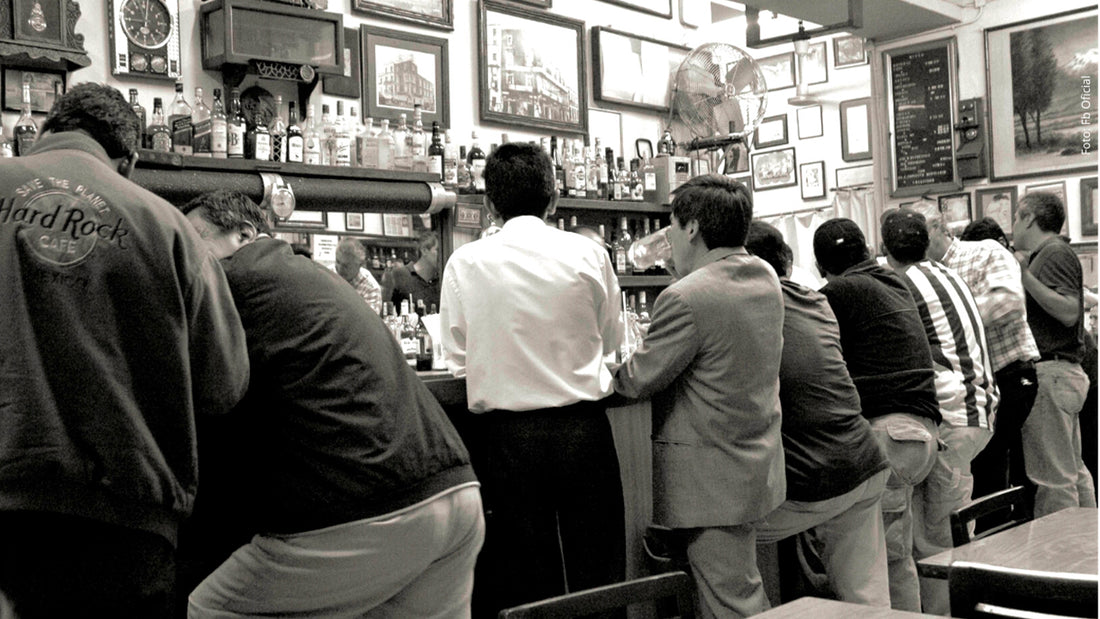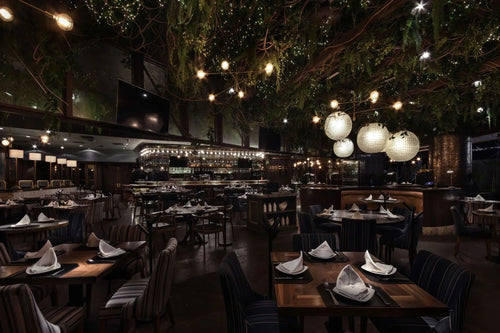The Long Struggle of Women for Their Place in Mexican Cantinas
For decades, the entry of women into cantinas in Mexico was prohibited.

By Anna Lagos / Photos from media library
These establishments had signs at their entrances that read: "Entry prohibited for dogs, women, beggars, uniformed individuals, and minors." In that order.
The only women seen in these bars were the so-called "ficheras," women who danced and accompanied men in exchange for money. Rubén M. Campos recounts in ‘El bar: la vida literaria de México’ that "ladies" were "forbidden to sit and drink at the bar," but it was acceptable for them to be "installed with the gentlemen who accompanied them in another interior room set up and served like a restaurant."

Until a few years ago, cantinas were a very masculine urban scene where men socialized, drank excessively, fraternized, and resolved their differences violently. Diego Pulido Esteva argues in his book '¡A su salud! Sociabilidades, libaciones y prácticas populares en la ciudad de México a principios del siglo XX' that it is in cantinas "where models of masculinity such as drinking, physical and verbal aggressiveness are reproduced." Although this has not completely changed.
Carlos Monsiváis claimed that machismo became a "commercial spectacle" from the 1930s onwards. For the writer, this phenomenon represents a cultural aspect rooted in the consolidation of patriarchy and the construction of a "heroic personality," which was emphasized more in cantinas.
But undoubtedly, one of the attractions of the bars of yesteryears was the bathrooms. As El Mero Petatero joked, tavern keepers should thank the municipality for the scarcity of public urinals because it "forced everyone to enter the pulquería or cantina." Everyone, in the masculine, because women who decided to enter these spaces were frowned upon. The possibility of women frequenting these places was so remote that the existence of bathrooms for them was not even considered. "In the past, bathrooms were exclusively for men."

What is certain is that Mexican law supported this discrimination, keeping women out of cantinas. The patrons who toasted in cantinas seemed to be content with providing, as they delegated the instruction and care of children to women, whom they exalted as the "queen of the home." In the early decades of the 20th century, it was unimaginable to find a woman working as a waitress in a cantina. If they were discovered in this profession, they were expelled from the establishment.
However, everything began to change in 1982, when women were allowed to enter pulquerías and cantinas thanks to President José López Portillo. "And now there's no one to kick them out," wrote Francisco Ibarlucea in his text '20 años de recorridos cantineros' ('20 years of cantina tours'). It was during the regency of Carlos Hank González when the regulations of these places in Mexico City were modified. But even after the prohibition, owners tried to separate them from men, showing resistance to their inclusion.
"The dressing rooms for the service of collective bathrooms must be separate for men and women and attended by employees of the same sex," read Article 57 of the Law of Mercantile Establishments of the Federal District.
The end of the prohibition did not please everyone. An example is the artist Alberto Ángel ‘El Cuervo’, who publicly expressed his discontent in his text 'La cantina ha muerto… la mujer la mató' ('The cantina is dead... the woman killed it'). "The woman could never understand what the cantina was because a sine qua non condition was the cantina as a place where men gave or we gave free rein to every emotion, without any limitation that implies social rules to avoid offending the delicacy of women," wrote Alberto Ángel.
The fight against gender discrimination and the pursuit of equality have allowed women not only to enter but also to actively participate in these spaces historically dominated by men. Today, cantinas have become not only places of social gathering for both genders but also spaces of cultural expression and intangible heritage reflecting the diversity and richness of Mexico.


